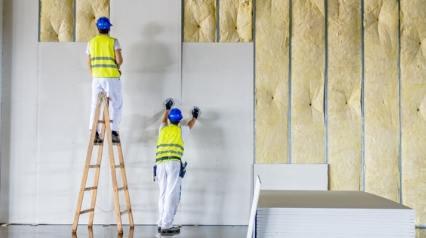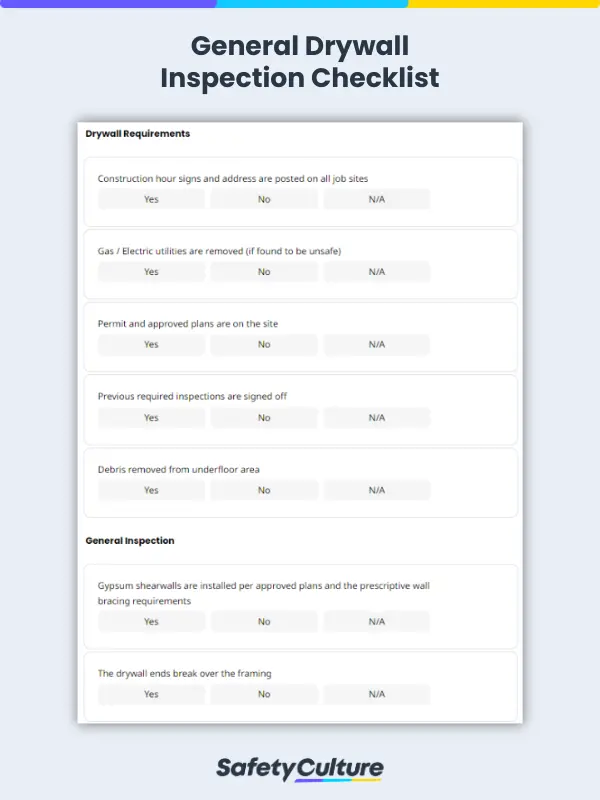What is a Drywall Inspection?
A drywall inspection is a type of inspection that evaluates drywall installation to verify if it follows standard structural requirements. It helps identify and address issues before adding finishing touches to the building or home. It is conducted prior to and after installation.
What is a Drywall and its Importance?
A drywall is a construction material installed in the interior of walls and ceilings. It is also known as a wall-board, sheet-rock, gypsum panels, or boards. Aside from the fact that it’s easy to install and repair when damaged. The biggest benefit of drywalls is their fire resistance. Drywalls can help contain the spread of fire, therefore allowing safe evacuation of people during a fire emergency. Below are 6 common types of drywalls that are being used in the construction industry:
- Regular drywall
- Mold-resistant drywall
- Plasterboard
- Soundproof drywall
- Fire resistant drywall
- VOC-absorbing drywall
Pre-drywall & Post-drywall Inspections
Before drywalls are installed, a pre-drywall inspection is conducted to check if both interior and exterior aspects of the building are up to code. It allows early detection of any flaws that can be difficult and expensive to remedy once drywall is installed. This is usually conducted by third party building inspectors.
Once drywall is installed, a post-drywall inspection should be conducted. This is to ensure that installation was done according to standard and that building requirements were met. This serves as an opportunity to spot any mistakes or missed items from previous inspections before signing off.
What to look for in a Drywall Inspection
Fasteners (Screws and nails)
Inspectors should assess the use of screws in terms of spacing, application, and penetration to avoid breaking the paper face of the wallboard. For example, a type G screw should be used for attaching gypsum to gypsum and type W screws are for gypsum to wood framing. As for penetration of screws and nails, it varies depending on the type of material being nailed or screwed. For example, for wood materials, screws should be ⅝” long and 3⁄4” for nails. As for spacing, you can refer to the table below:
| Gypsum Wall Board Thickness | Erection of Framing | Maximum Framing Member Spacing | Maximum Nail Spacing | Maximum Screw Spacing |
|---|---|---|---|---|
| ½” | Vertical | 16″ | 8″ | 16″ |
| ½” | Horizontal | 16″ | 7″ | 12″ |
| ½” | Vertical | 24″ | 7″ | 12″ |
| ½” | Horizontal | 24″ | 8″ | 12″ |
| ⅝” | Vertical | 16″ | 8″ | 16″ |
| ⅝” | Horizontal | 16″ | 7″ | 12″ |
| ⅝” | Vertical | 24″ | 7″ | 12″ |
| ⅝” | Vertical | 24″ | 8″ | 12″ |
Electrical outlet
Make sure that electrical outlets are not misaligned by checking if it follows the standards. This states that boxes should not recess more than ⅛” from the face of drywall and must be flush with or project past combustible surfaces.
Joints
The right placement of a drywall’s joints is to stagger it on opposite sides of the walls and it should not align with the edge of the openings. Staggering sheetrock boards will add strength to the wall or ceiling and help reduce cracks.



